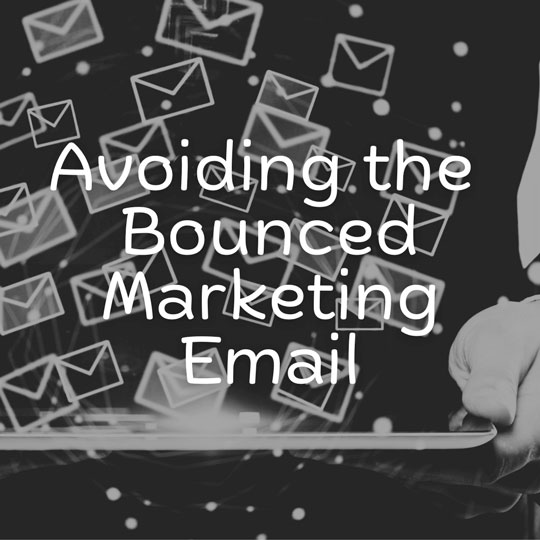Are Your Business Customers’ Emails Bouncing Back? Here’s Why.
Are you sending emails to clients that you’ve had in your address book forever and they’re all of a sudden bouncing back? Are you becoming spam? There’s a reason for your emails bouncing, and it’s a new policy being put in place by both Gmail and Yahoo email systems, requiring a DMARC policy for all bulk emails. In the United States, 53% of email users use Gmail, so chances are your customers are being affected.
Why is this happening?
Spam is a headache at best, and dangerous at worst. Cybercriminals are getting savvier every day and are sending more and more sophisticated phishing and spoof emails. This actually happened to one of my clients and it upended their highly secure operations.
We’ve all seen them. Emails that seemingly come from someone within your organization or a person that you personally know, with a clickable link for you to enter some information. Criminals use this information that you enter to steal identities, and install viruses and data-stealing code on your systems. Just yesterday, I genuinely questioned an email that let me know that I owed $350 to a company because I was using a copyrighted image on my website (I wasn’t!). It looked very real!
Google and Yahoo are trying to eliminate this danger from their customers by filtering out spam messages before they even make it to your inbox, which is great. It also means that as business owners who send email marketing messages or newsletters, we have to comply with the new rules in order for our customers to see what we have to say.
What is a DMARC Policy?
DMARC stands for Domain-based Message Authentication, Reporting & Conformance, and every email provider has a policy in place as of 2015. It’s an important way for Email Users and Marketers to work together to keep Email safe from criminals. DMARC makes it simpler for email providers to make the decision of what to send to inboxes or reject.
The newest DMARC Policies are more restrictive, and will affect all people that send any message that is “not transactional” – or any email that is marketing or promotional, including newsletters. The biggest target is on senders that send more than 5,000 messages within any given 24-hour period, but any marketing email is subject to being rejected.
What can you do to allow your messages to reach Gmail and Yahoo users?
Using a licensed email provider is one of the simplest ways to assure that your emails are reaching the right users. Services like Hubspot, Mailchimp, Sender, Constant Contact and Square all have systems in place for customers to subscribe and unsubscribe easily. Look for users to have to opt-in (double opt-in is even better) before they will receive a single email from your team. Never send more than 9 people the same marketing or promotional email at once from your own email provider, such as Gmail or Outlook, even as a BCC.
What is a double opt-in?
Let’s talk about what an opt-in is in the first place. Opt-in means that a user had to type in their own email address, and click a box (or other action) to confirm that they want to receive email from you.
On a double opt-in, users not only identify that they want to receive emails from you, but they receive a confirmation email asking them to verify that they really wanted to. This confirmation email allows your email to reach the inbox, rather than the dreaded spam box, because they have taken action on your email.
What is considered a Marketing or Promotional email?
A marketing or promotional email is anything that the user did not directly initiate. If someone emails you asking about what time they should arrive for an upcoming event, and you respond with the event promotional materials, then the user initiates that contact.
The following are types of emails that are considered marketing/promotional (not an exhaustive list):
- Newsletters
- Store/Business Announcements
- Sales & Discounts
- Event invitations
- Blog Posts
- Daily Specials
- Product Launches
- Customer Testimonials
- Review requests
- Cold meeting requests
My rule of thumb: if you’re sending this email in order to either solicit an action from the user, or if you are sending this email to drive your business in any way, it’s marketing & promotional.
All of these changes are for the benefit of the users, who have been bombarded firehouse-style with emails in their inbox. Gmail and Yahoo, with the largest impact on email usage, are leading the way. After all, the average open rate for marketing emails is somewhere between 15-25%, meaning that the remaining emails are either being sent to spam, or simple deleted by the user.
Ready to make your bulk emails really work for you? Schedule your marketing audit today.
